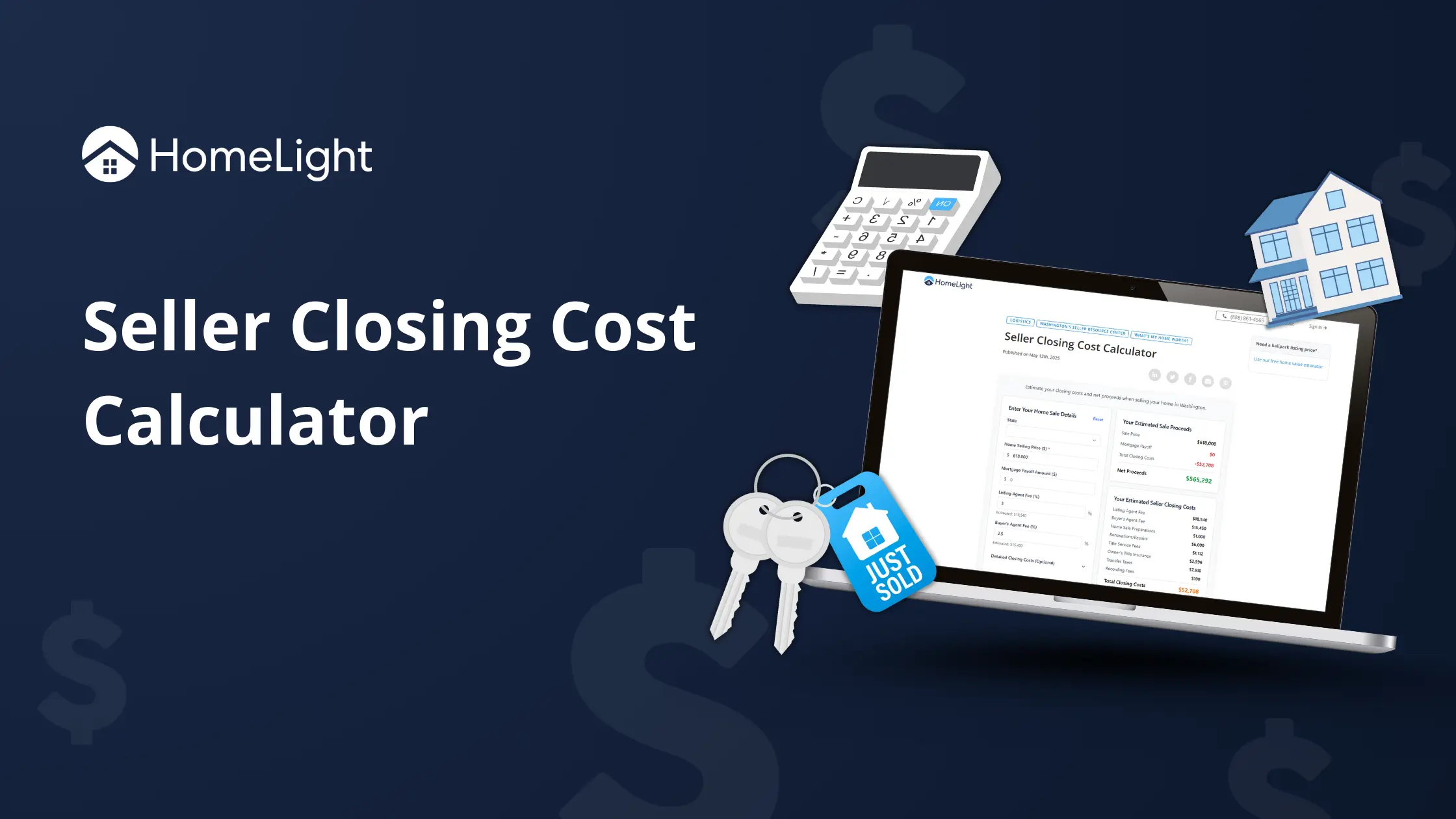
Fixed-rate mortgages are the most popular mortgages on the market, but they may not be right for every homebuyer in every situation. Adjustable-rate mortgage loans (ARMs) offer options for borrowers who would benefit from a different approach to financing their mortgage due to specific life events or financial situations. Don’t jump into an adjustable-rate loan without doing a deep dive into the intricacies of this loan product. The reason? ARMs can be risky. They are complicated loans with specific features and terms that will impact the amount of your mortgage payment over the life of the loan. To help explain the terms of ARMs and to weigh the pros and cons, we have invited Richie Helali, a mortgage specialist from HomeLight, to provide us with a roadmap through the idiosyncrasies of adjustable-rate loans. Let’s see what’s ahead! An adjustable-rate mortgage is a loan where the interest rate changes or adjusts over the life of the loan. Typically, there’s an introductory interest rate for a set period of time that’s lower than the current average interest rate, which means your mortgage payments will likely be lower during the first few years. Adjustable-rate mortgages (ARMs) come in several varieties, allowing borrowers to choose the structure that best fits their financial goals and timelines. A typical ARM loan would include an introductory rate, with the rate then adjusting every year thereafter, depending on the market rate. These are the most common types: The first number of an ARM loan indicates the number of years that the loan will have the introductory rate. With a 5/1 ARM, the initial interest rate is applicable for five years. With a 7/1 ARM, the initial interest rate would run for seven years. The second number tells you how often the rate will be adjusted after the introductory period. With a 5/1 ARM, the interest rate will adjust once a year on the anniversary of the loan. A 5/5 ARM would adjust every five years. “After those first five or seven years, the rate will adjust up or down with market conditions,” Helali explains. These variations allow borrowers to select a loan tailored to their expected time in the home or future financial plans. To understand how the rate adjustment would work for a specific loan offering, here are five questions you should ask your loan officer. “Typically, the interest rate of an adjustable-rate loan is going to adjust once a year on the anniversary,” Helali shares. For instance, if you have a 5/1 ARM, your interest rate will adjust in your 61st month of your mortgage and every 12 months thereafter. You will be notified what your new interest rate will be for the coming year and how your payment will change at least 60 days before the first adjusted payment is due. Your lender will determine your new interest rate based on a specific index they tie your mortgage to. Most lenders rely on the Treasury Funds, the Cost of Funds Index (COFI), or the Secured Overnight Financing Rate (SOFR). This will be spelled out in your mortgage loan documents. As part of the ARM agreement, the lender will let you know what your margin will be — for instance, 1%, 1.5%, or 2%. This margin will be added to the index rate. Here is an example: Remember, this 1% raise is for one year. Each year, the rate will adjust again, according to market conditions and the terms of your loan.What is an adjustable-rate mortgage?
Types of adjustable-rate loans
What do the ARM numbers mean?
How does the rate adjustment work?
Frequency: How often will my rate change?
Index: How will you decide what my new interest rate will be?
Margin: How is my interest rate calculated against the index?



